The Article
Goldring E3 Cartridge: toting a super-elliptical stylus
30th July 2017
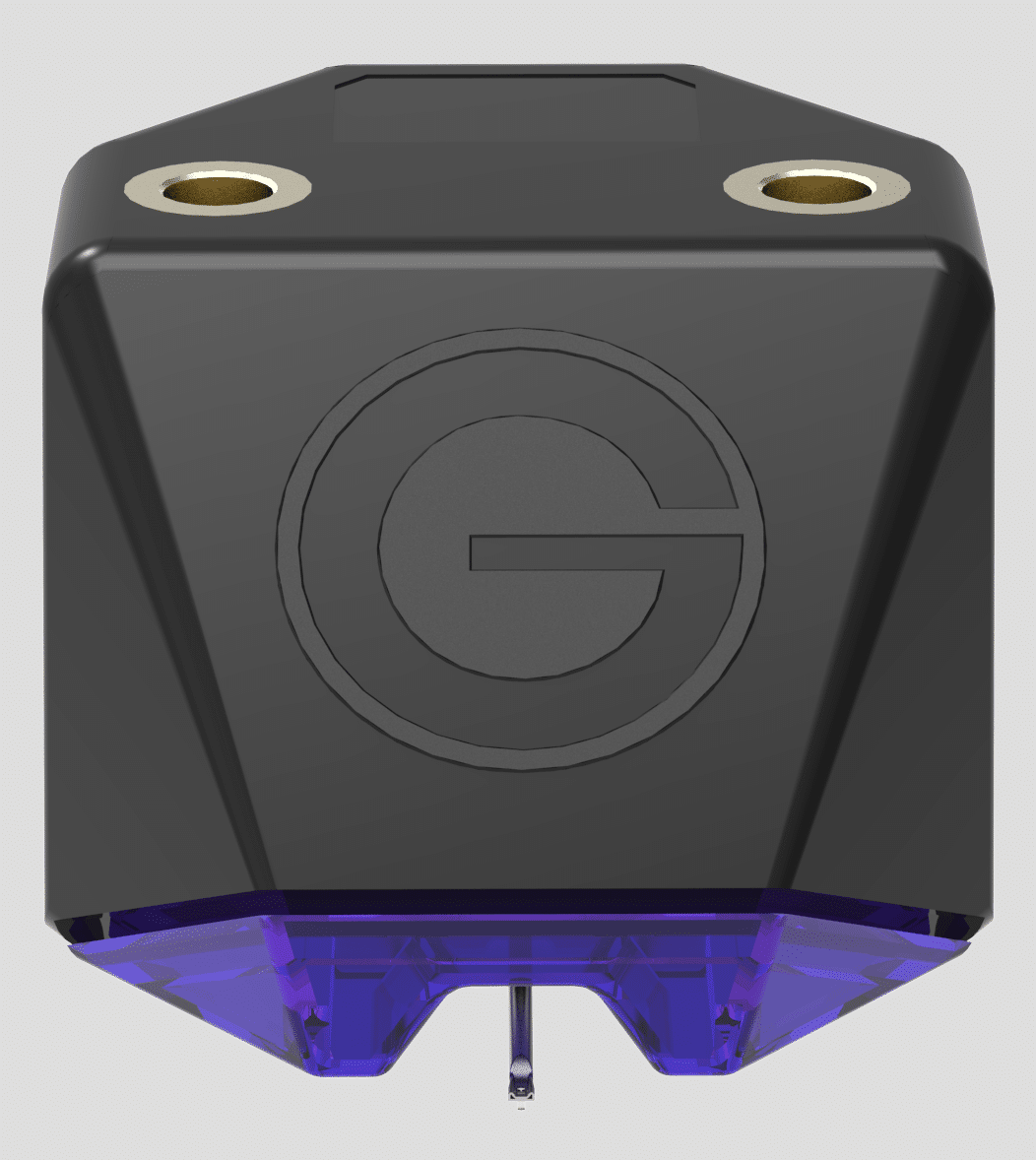
Goldring has been in business since 1906, so it’s about time Paul Rigby reviewed one of its products then, eh? It has waited long enough! In this review, he tackles the new E3 cartridge
The company recently announced the launch of its E series of cartridges. All relatively low cost and all of interest to either budget users or those looking to upgrade their introductory cartridge with something rather more interesting.
The three units in the E series are based upon Magnetic Duplex Technology (you can add a ™ in there, if you wish). The idea behind the technology is to improve stereo rendition. Both the E1 and E2 models include spherical styli with a choice of cantilevers. The E3 model, which I look at here, has an aluminium cantilever – the same unit used on the E1 and E2 – but adds a “superior bonded”, super-elliptical stylus measuring 0.3 x 0.7mil. This is what attracted me to the E3, I was looking for a blend of value and high frequency groove detail retrieval as well as sibilance reduction. Especially as a basic elliptical stylus measure around 0.4 x 0.7mil. Compare those measurements too with the E1 and E2’s spherical tip at 0.6mil.
According to Goldring, “The E Series cartridges use a specially designed adjustment screw to locate the cantilever, rather than the standard xed pin, allowing micro-adjustments during production. This pre-set azimuth means crosstalk is already optimised and the cartridge can be safely installed in a typical turntable with no correction required.”
During the record mastering process the cutting lathe records stereo information as a ‘V’ shaped groove which has perpendicular side walls angled at 45°, “Conventional moving magnet cartridges,” added the company, “use a single large magnet that interacts with two vertically mounted coils to produce a stereo signal from the groove. This can introduce crosstalk and so only offers a modest amount of stereo separation.”
This is why the Goldring E Series cartridges feature a dual magnet arrangement, “Magnetic Duplex Technology uses two low mass magnets which interact only with their partnering pickup coil, angled at 45° to match the cutting head arrangement. This enables the cartridges to more accurately trace the record groove because they precisely emulate the geometry of the cutting head, making for better stereo separation and a more accurate, involving and musical soundstage.”
I was happy to see that the Goldring chassis features threaded screw holes inside the chassis itself. This is a £100 moving magnet cartridge and thus will feature in the hands of beginners or cautious vinyl users possibly unfamiliar with regular cartridge fittings. The last thing you want to do to a nervous hi-fi installer is tell them to juggle tiny screws that dangle outside of a chassis, adopting odd and scary angles depending on how you hold them, with tiny nuts that threaten to ping off into a dimension occupied solely by cartridge nuts, pens and odd socks and then try to tighten the entire thing with a tiny screwdriver while, at the same time, avoiding the cantilever! It’s bad enough asking an experienced hi-fi journalist to do such a thing, never mind an uneasy music fan. Goldring have got this part of the design right.
Fitting the Goldring to my tonearm (with 2g of downforce) was intriguing mainly because, once in there, it looks absolutely enormous! It reminded me of some of the cartridges used on hi-fi in the 60s or even the 50s. The Goldring chassis is obviously a nostalgic reflection on times when men were men and cartridges were the size of an articulated lorry. Yet, the very largeness of the thing also helped in terms of installation. It imbued more confidence during handling.
SOUND QUALITY
I began by playing the original pressing of Nancy Sinatra’s LP Country, My Way, produced by Lee Hazelwood and the track, It’s Such a Pretty World Today, a wholly romantic, even twee song.
The initial impression was an over-whelming sense of focus from the Goldring. This track had Sinatra’s voiced pushed down a classic echo chamber and so, even the slightest midrange smearing combined with excessive noise will puff out the voice in a cloud of nasty distortive attack. The Goldring took immediate control of any potentially wayward frequencies and reigned in the Sinatra voice to give her delivery a rather playful and wistful quality. The echo chamber obviously still remained as an effect but Sinatra’s voice presented welcome femininity instead of Goldzilla in a skirt.
This focus also leant itself to aiding the backing singers. Their harmonies tended to rise in the higher registers which only added to the smeared mids. The new level of precision, though, added welcome harmonic textures that gave the vocals a layered richness.
Another element that could have suffered from the loose upper mids was the notable twangy slide guitar. The Goldring provided a sense impressive detail from this instrument. Speaking of which, the Goldring’s lower noise performance meant that the piano popped out of the mix, giving a tonally realistic performance. The piano, on this track is an adjunct to the main song but its an important one that gives breadth to the soundstage.
Percussion and bass also now had a greater sense of recognition because the lack of bass bloom drew them both from a blacker background. Hence, the new level of clarity enabled the ear to pick up a new sense of impact and strength from this area.
Another notable aspect of the soundstage were the acoustic guitars, the attacking strumming on the right channel and the subtle strumming on the left. Both offered tremendous midrange insight and musicality that added a sense of speed to the performance.
I then turned to the post punk vibes from Die Werkpiloten via Germany’s Vinyl on Demand label from 2012.
This is a drum-heavy LP, fast paced percussion and high energy to boot and I was impressed by the organic nature of the drums. The Goldring gave the music impact and power and a real sense of pace but kept in touched with the humaneseque nature of the drums, rounding their edges just enough to prevent and sense of the clinical.
The low noise approach to the Goldring also enhanced the instrumental separation along the soundstage, giving each instrument a sense of space to perform at its best. The soundstage never felt crowded or stilted and the lead vocal thus provided an emotional yet flowing performance.
CONCLUSION
Sensibly designed for use by beginners or vinyl fans with minimal hardware experience, the considered design of the E3 provides a sense of clarity and midrange purity with a bass that delights in terms of information and character. In terms of the inherent sound quality from this cartridge, the E3 provides exceptional value for money. In fact, it is one of the best budget cartridges, at this price point, currently for sale on the market.
GOLDRING E3 CARTRIDGE
Price: £100
Web: www.goldring.co.uk
TO BUY CLICK BELOW:
USA – https://amzn.to/2TPSslC
EUROPE – https://amzn.to/2GkAYuE
GOOD: focus, precision, clarity, midrange control, bass impact, design, price
BAD: none
RATING: 9
REFERENCE
Rega RP3 turntable
Ortofon 2M Red
Trichord Dino phono amplifier
Rega Brio-R amplifier
Spendor S3/5R2 speakers
Tellurium Q cables
Harmonic Resolution Systems Noise Reduction Components
All vinyl was cleaned using Audio Desk’s Ultrasonic Pro Vinyl Cleaner

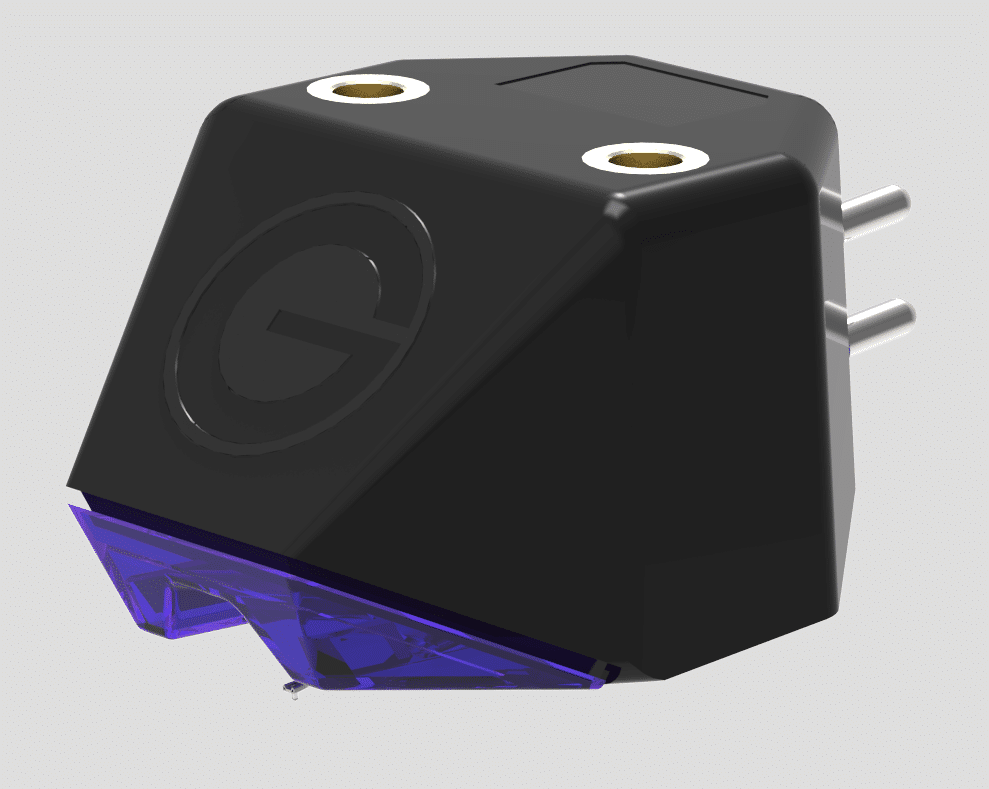
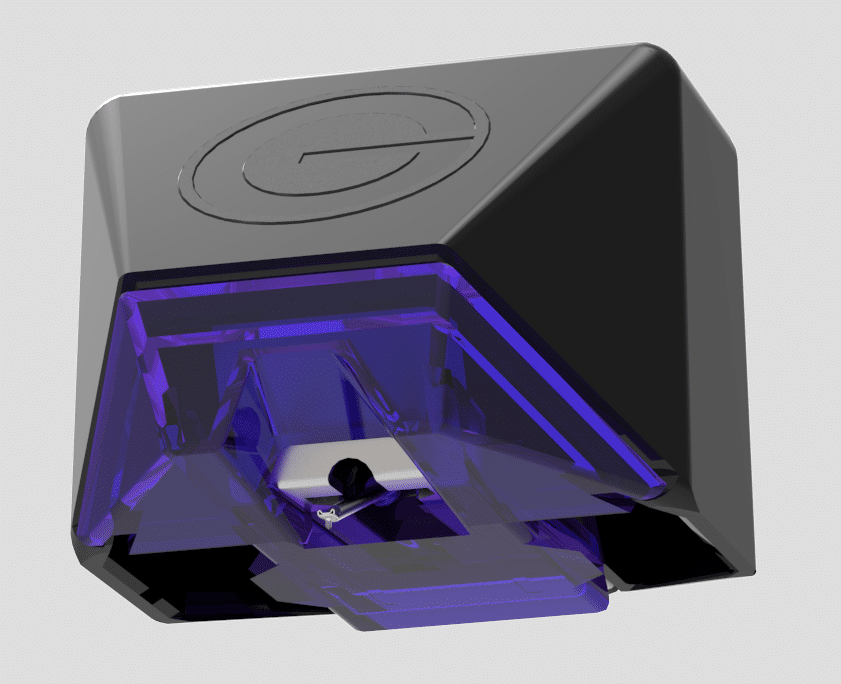
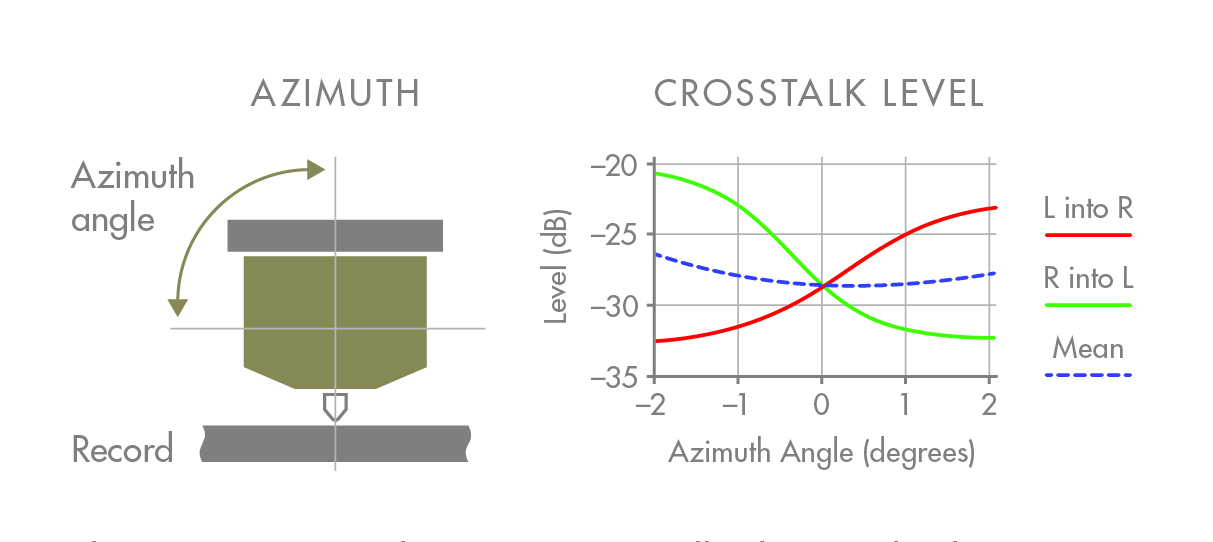
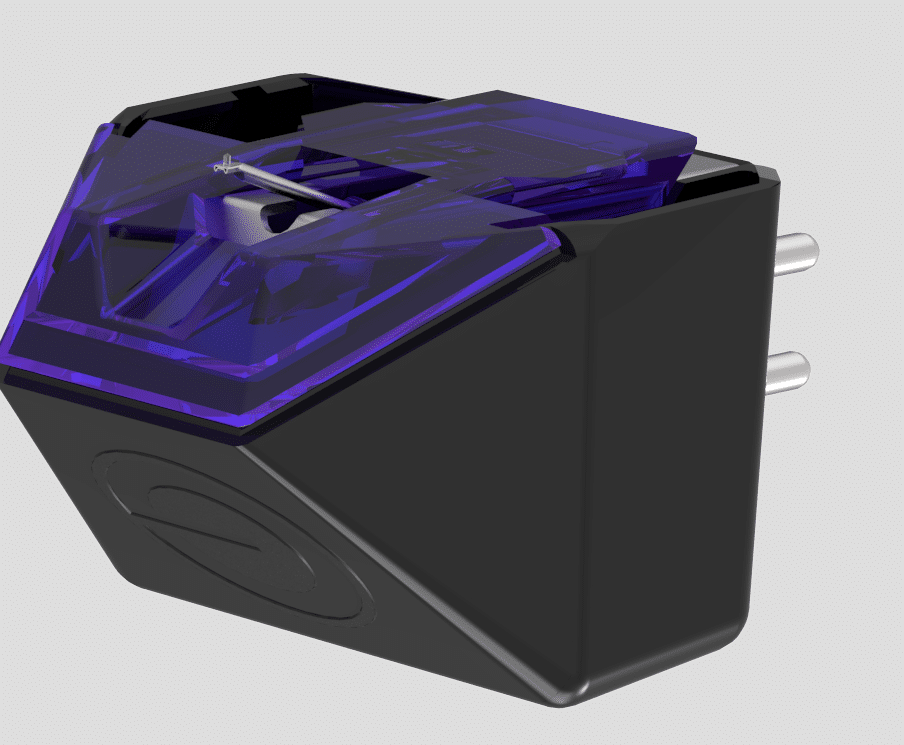
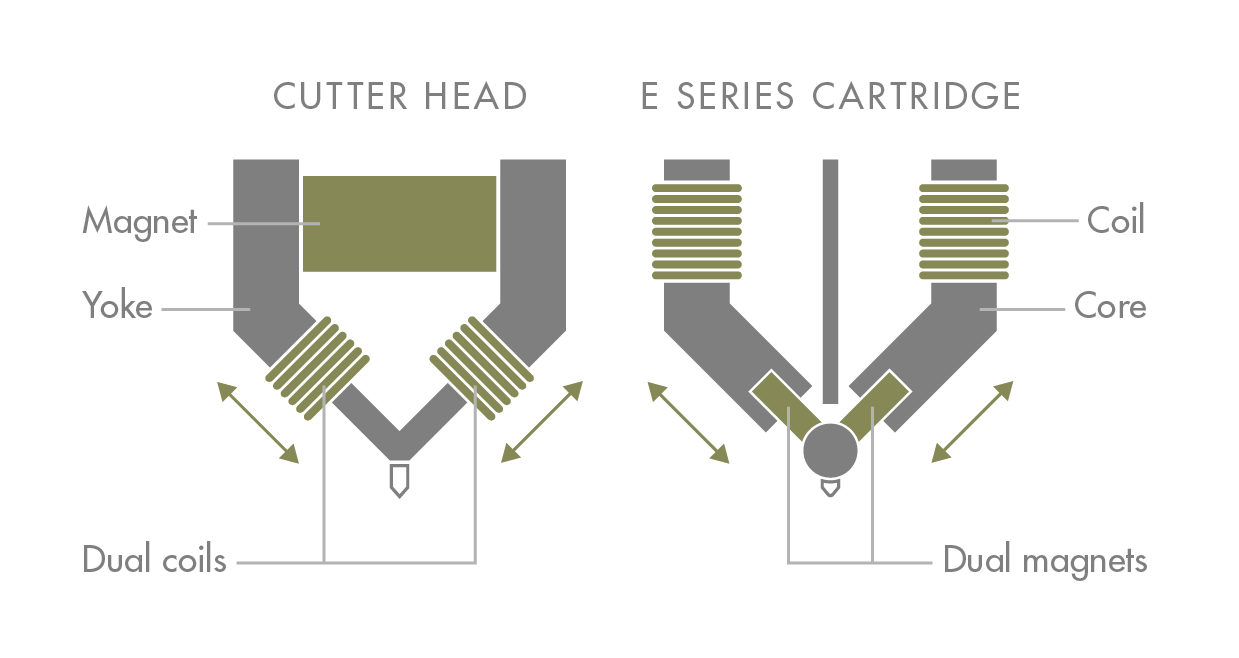
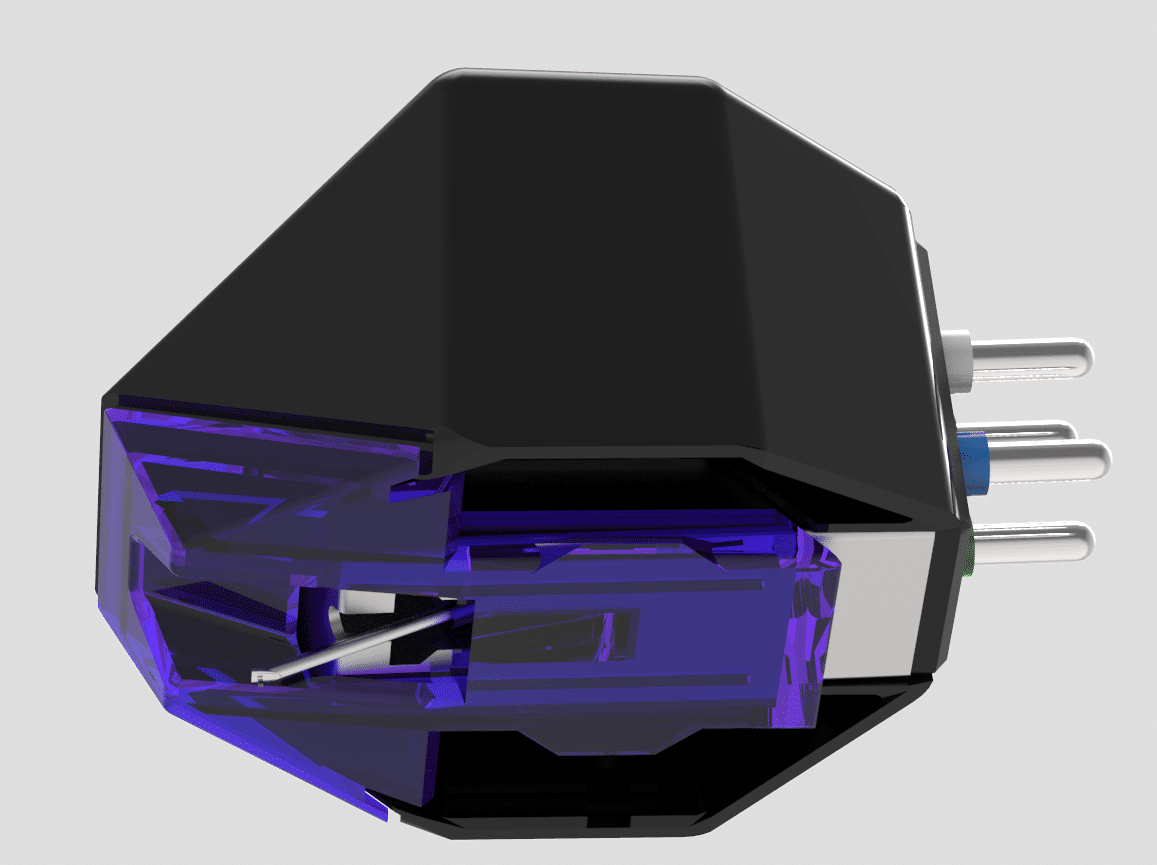
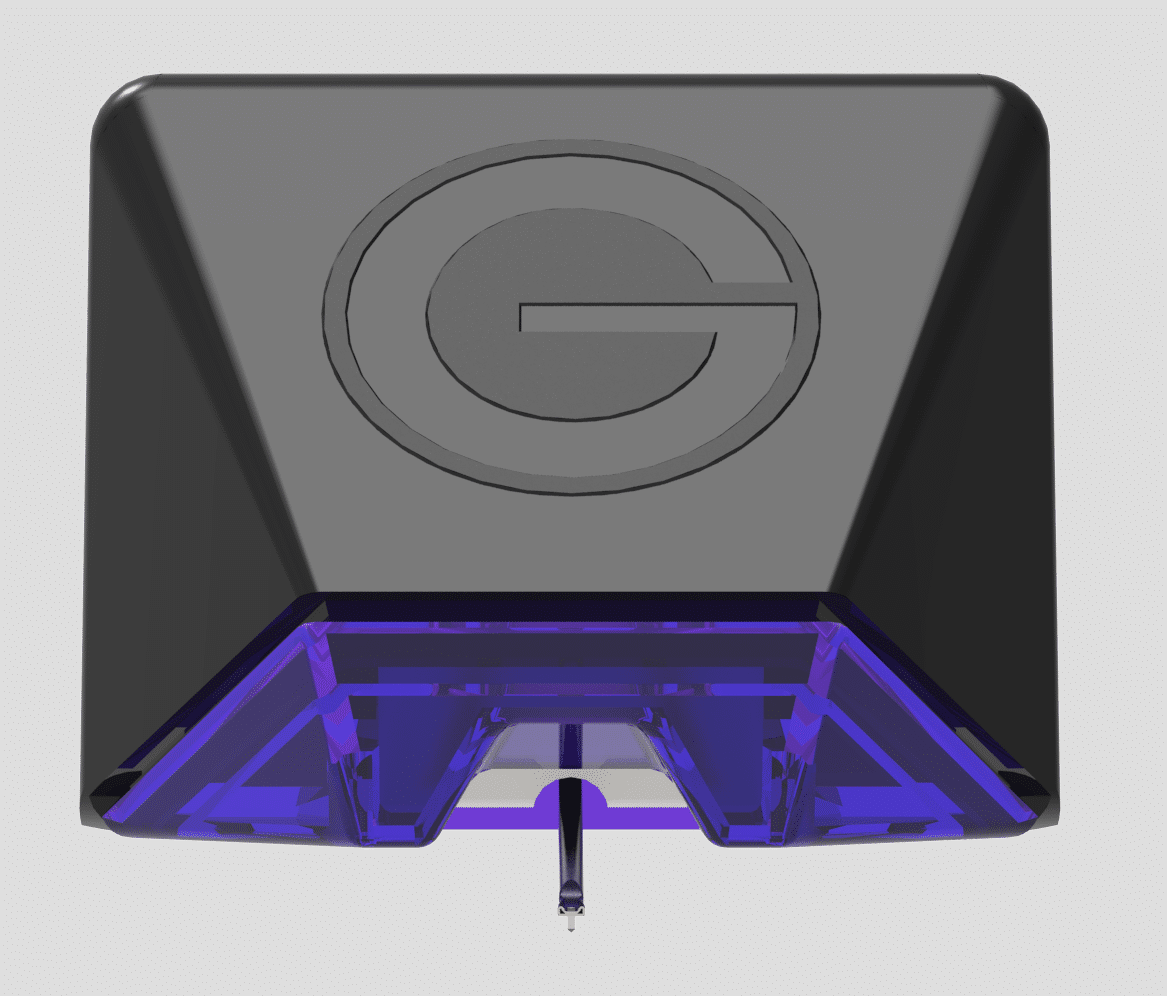
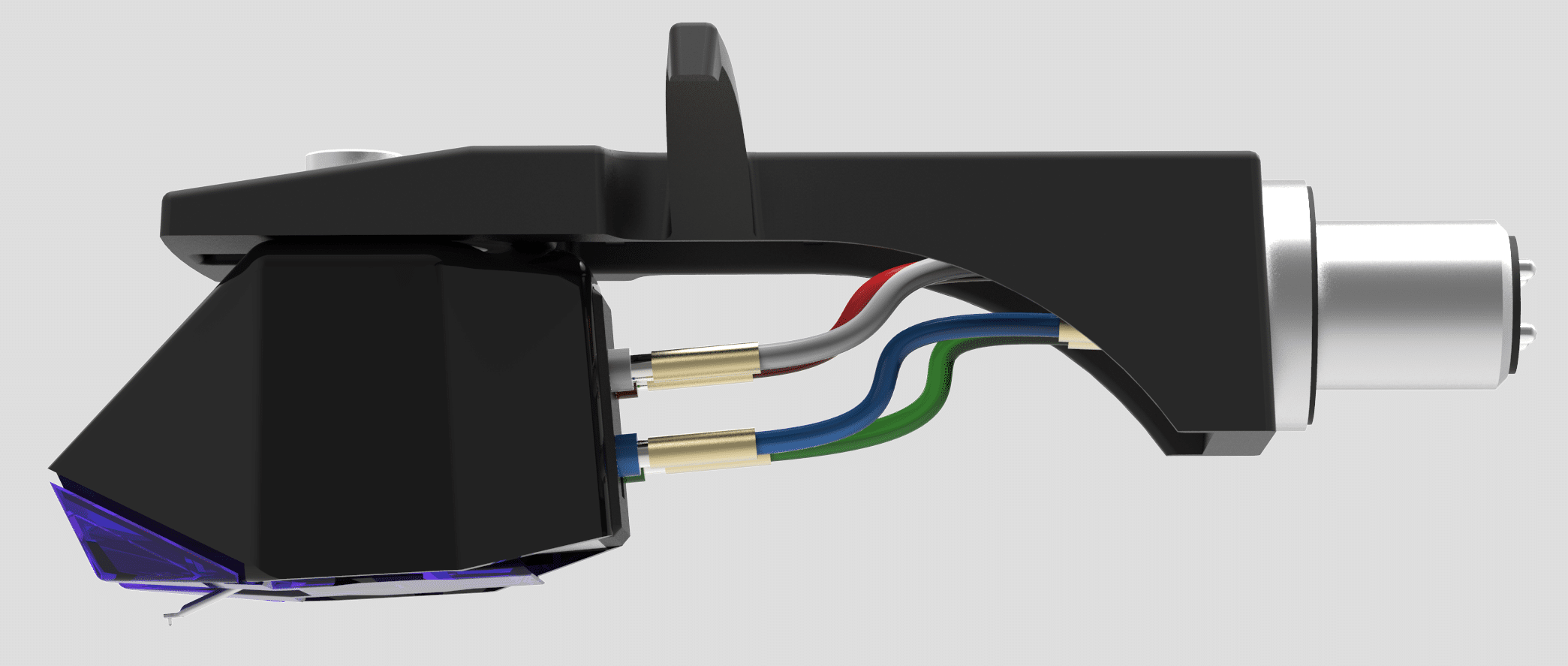
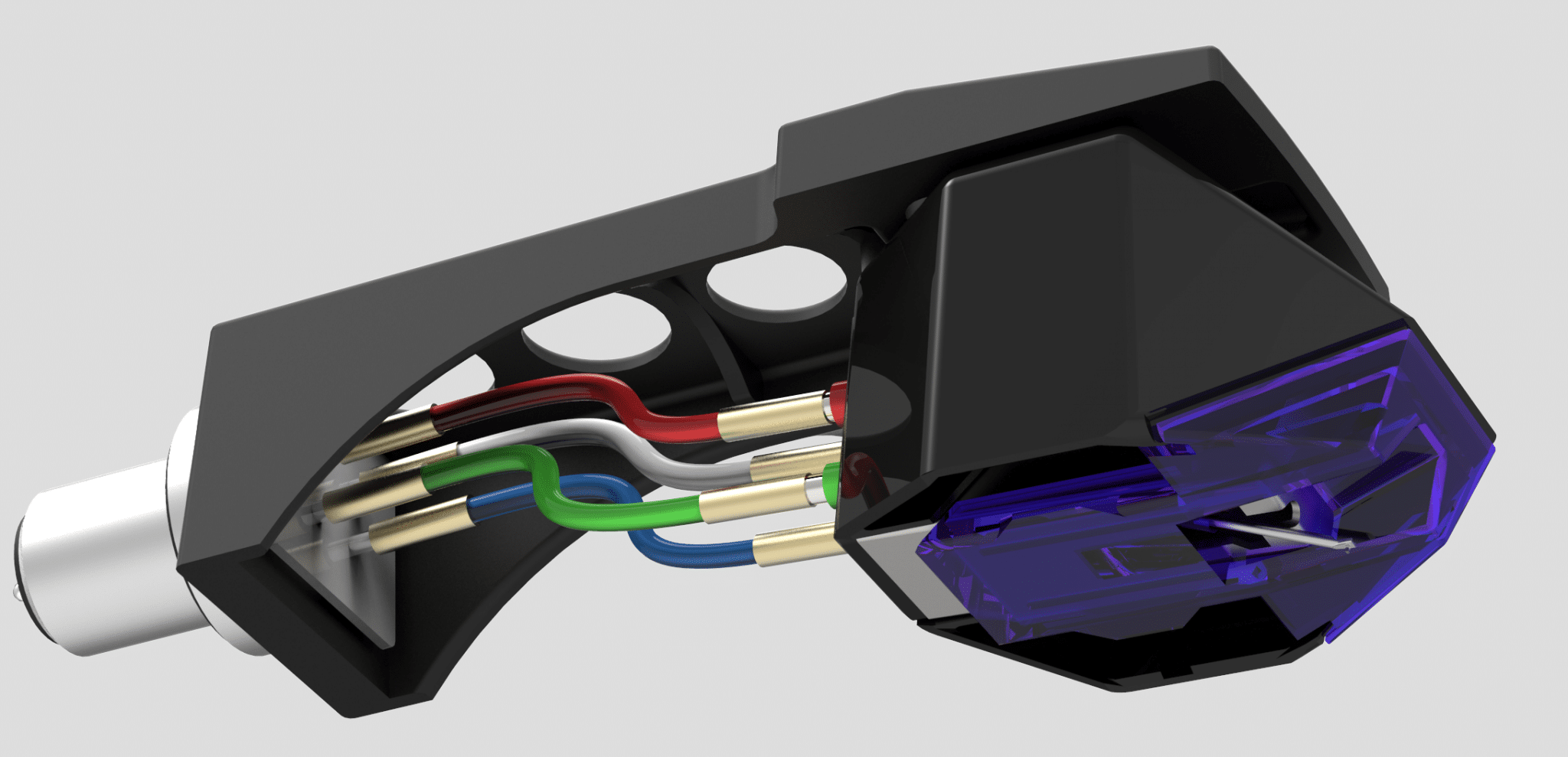
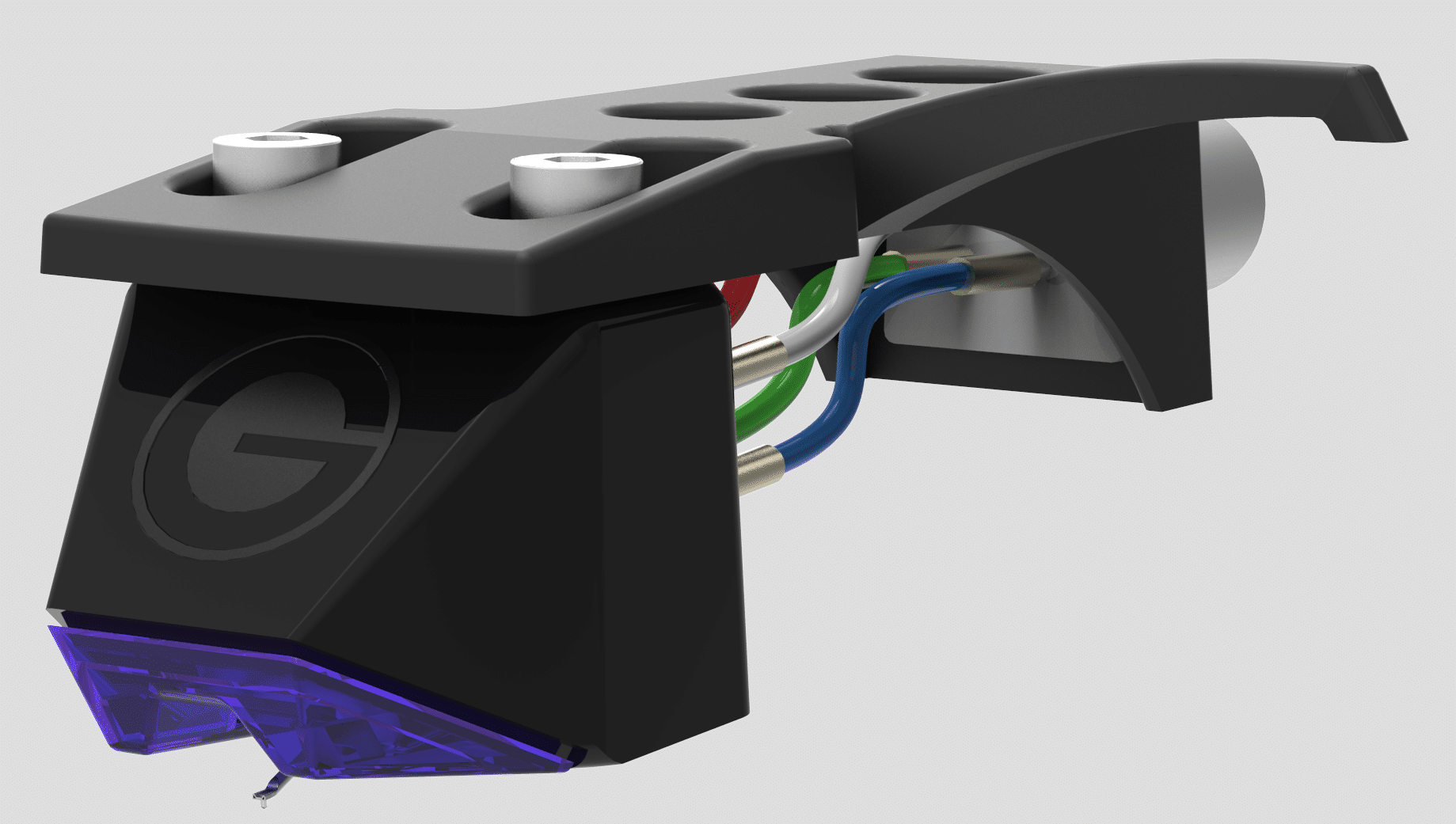
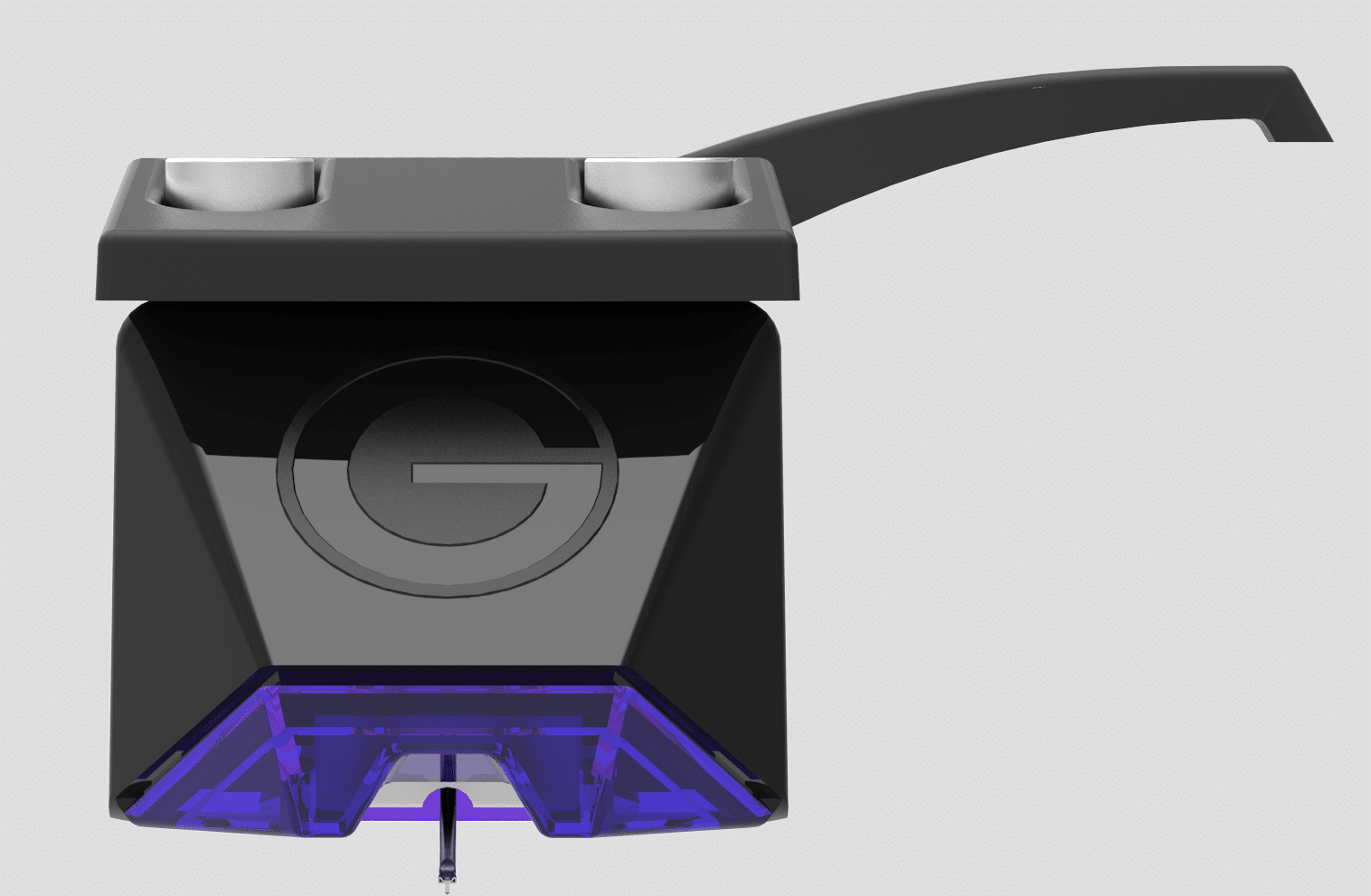
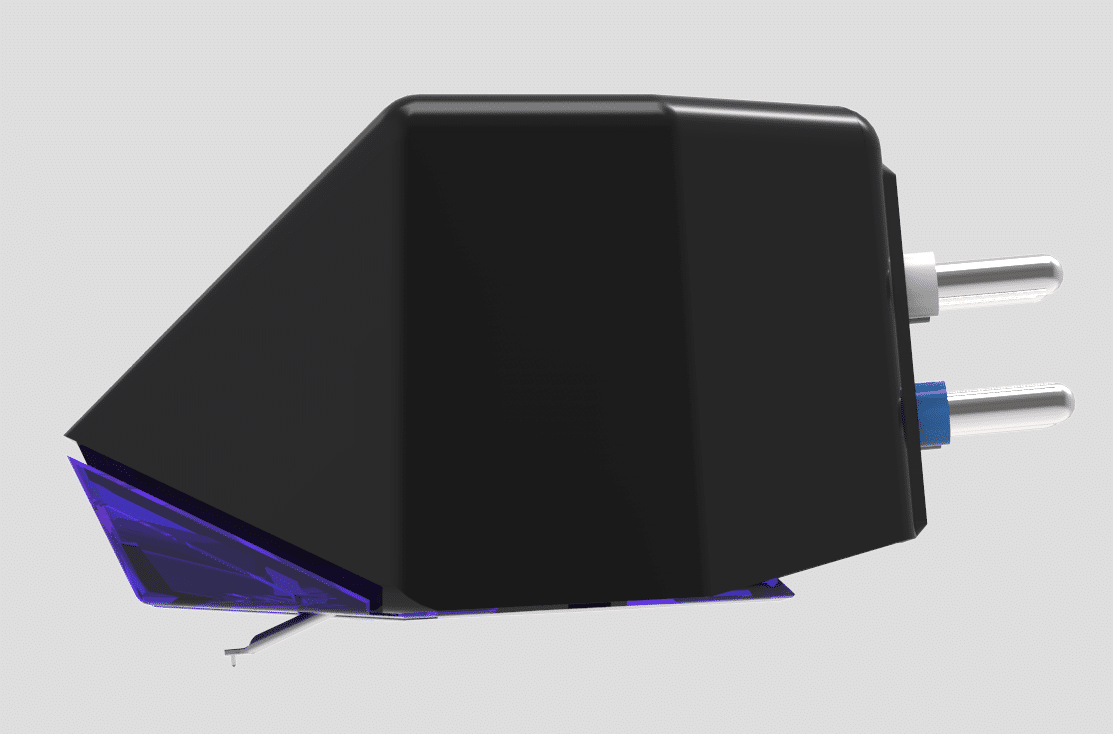



Thanks for the insightful review Paul. Looks like Goldring have a winner on their hands. They’re a lovely company to deal with too and I really wish them the very best of luck with their new range of cartridges.
Now for the 6 million dollar question : Reading your review and the various design elements at play leads me to believe that this is a really special design. However, as I currently use a 1006 series cartridge from the same company, would it be worth my while to ditch it for the new breed? In other words is this new range only for the beginner and, for want of a better ward, not for the experienced Connoisseur? I’ve had my 1006 cartridge some twenty years now having started with the 1042 and worked my way down actually preferring what I use now. I don’t like ultra transparency or unnecessary sibilance (a pet hate of mine) or even tight bass. My system is valve based using a hybrid design from Croft and Castle Howard’s going on 23 years old! I use two turntables – NA Spacedeck with original Space arm and a beautifully built first edition Analogue Works One turntable with a recently acquired Ace Space arm. I have a Goldring 1006 installed on both decks. Boring I know but I love that Goldring sound!
Anyway I hope it’s not too difficult a question. My first impression when I first found out about Goldring’s new cartridge range here was to simply bypass them as I felt, rightly or wrongly, that I’d be better sticking what I have. Now your review has thrown the cat among the pigeons 🙂
Hmmm, this is a tough one. Partly because I don’t have your ears. My instinct is to tell you to stick with what you have for now because you’re talking about a cart at double the price. I would say that, in the ¬£100 region, the Goldring E3 is about the best you’re going to get. In essence, it’s low noise output means that there is a great focus and precision with a lovely open and airy midrange. I tested it on my valve system and it sounded excellent. I must admit, I have not tested your cart on my system so cannot directly compare, I’m afraid. Things have moved on since your cart was released and, no doubt, sound quality has improved. Yet, I would hedge by bets in advising you…do you have a nearby dealer who might be persuaded to grant a home demo or even if you take your Goldring in to compare it with an E3? That’s a suggestion if you feel determined to check out the E3. Bottom line, though? Keep what you have for now. What you might want to do is wait for me to investigate more Goldrings. This is something that is now on my radar. I’m due to look at the 2000 series soon-ish. Not sure if you might want to check those out first before you finally decide?
It’s nor ‘mil’ – its mm!
Thanks for taking the time to reply Paul. It is a difficult one isn’t it? Trying one out is not going to happen anytime soon and wouldn’t be worth the hassle for a budget cartridge. I’ve also been advised to stick with what I have so you’re not the first. Maybe, just maybe it might be an idea to get one for either of the turntables anyway. At least it would be bring a little extra colour into my music room 🙂
I remember the 2000 series being reviewed in HFW a while back. I concluded then that they weren’t for me due to their analytical nature among other things.
Actually the only other cartridge that was more forgiving than the Goldring 1006 cartridge was the Nagaoka MP110. I tried it out on a new arm I was demoing at the time – the Goldring was a complete mismatch – and it was a revelation. Unfortunately I experienced massive static problems while playing a record. Loud bangs were the order of the day. Long story short : I blamed the arm, sent it back and waited almost 4 months for the Ace Space. When I reinstalled the Nagaoka on the new arm the bangs started again within the first hour. I was aghast to say the
least! So I reinstalled my trusty Goldring and, luckily enough, it was a perfect match…..plus the static bangs disappeared into the ether. A very frustrating experience and a first in nearly 40 years of hi fi madness. So there it is……
Thanks for your note, Dermot. Do you remember which 2000 series was reviewed in HFW? I’ll try and grab something different, for variety’s sake. 🙂 Who did that? Was it Tony Bolton? Be interested to know how a 2000 series sounds on my reference… Glad your tribulations worked out in the end. Sometimes we have to go through these things to find the sound we like, though.
No Paul I can’t remember which one. I’m sure Noel reviewed it. Ah poor Tony! I loved reading his reviews. He’s sadly missed. I remember he was settling down to the best he ever heard his system sound with the Isotek mains conditioner he was using at the time. I also remember one of his last review assignmenst, a pair of Epiphany Acoustic interconnects. I actually bought a pair in his memory and I still have the review! Sad to hear too that the company ceased trading.
You’re right you do have to go through tribulations from time to time when upgrading. That’s why I detest demoing equipment even though it’s the only way to find out. What works for me, even though it’s not blindingly obvious at the time, is when you’re not aware of the system anymore and the music just flows glorious towards your ears. It’s only then you realise that it’s working and blithely doing whatever magic it’s conjuring up……and the same word keeps popping up : Balance; in terms of frequencies anyway. My music is so eclectic that my system has to deliver on all counts whether I’m listening to Wire, Lemon Kittens, Young Marble Giants, anything on the Editions Mego label, Beatles, Elvis, CCR, John Fahey, Anthony Phillips, Jimi Hendrix, Hedvig Molestsad Trio, Scorch Trio etc etc etc…….
Just to let you know you, yourself, are a great asset to the HFW team with your music, hi fi and views column. I always turn to the back page first to see what music rocks your boat. Best hi fi magazine on the racks by a mile 🙂
Thanks for your kind words, Dermot.
I presume this is based on an Audio Technica?
I’ve asked Goldring the question, Rob. Waiting for them to get back.
Hi Rob, Here’s Goldring’s reply, “The Goldring E Series are indeed manufactured in Japan (as it states on the carton btw) by Audio Technica. Costs in the UK are generally too high to be ideal for budget cartridge manufacture. Goldring choose to manufacture their more upscale models in the UK. AT were an idea partner and willing to include Goldring‚Äôs ideas – like the adjustment screw and the easy stylus replacement – into the models as well as of course working with us on choice of cantilever and diamond profile. Acceptance of the new models has been superb and Goldring are delighted to be working with a partner that cares as much as we do about quality and consistency.”
Thanks for the reply Paul, interesting, sounds like a very good partnership. I hope they do well and look forward to hearing one.
I had the same suspicions but elected not to say anything. Sounds like a good partnership. I also like Goldring’s idea re: the adjustment screw. You’ll have to review an Audio Technica now Paul 🙂 How about the new VM530EN which has an elliptical stylus profile. Anyway I have a very funny feeling that these new E’s are going to really upset the apple cart…
Hi Paul – firstly, great review! I notice that your ‘reference’ setup is a Rega P3 with Ortofon 2M Red. I have an older P3 with RB300 arm and am looking to change the cart; before I ‘discovered’ the Goldring E3 and your review, I was going to plump for the 2M Red as the [almost] de-facto standard ¬£100 cart for the P3. In your opinion is the Goldring a better choice than the Ortofon? I’ve read varying reports that the 2M requires 2-4mm of spacers under the RB300 tonearm for the correct VTA. The Goldring blurb almost seems to imply that it has been designed as a drop-in replacement for medium to high-mass arms. Obviously, my question is, “is the Goldring E3 sonically better than the Ortofon 2M Red?”.
I was never a fan of the original Rega Elys that I had fitted to the P3, as it always sounded a bit flat and lifeless to me, preferring the more dynamic sound of the AudioTechnica carts (I currently have an ageing AT450E-OCC fitted). Any advice appreciated!
Hi Karl
In short? Yes, the Goldring is superior. I still recommend the 2M Red, it’s an excellent cart. The Goldring pips it, though.
Hi Paul I was wondering about the trackability spec on this E3 and can”t find the spec anywhere? Also it looks very high and wondered if there is issues on Dual turntables…thinking a 701.
Hi Grant – the E3 is about 15mm high (excluding cantilever and stylus tip – add another 3mm to that but 3mm in its natural state, it will be slightly compressed during play). Maybe you can use that info for your Dual. Not sure what you mean by trackability. As a design, it does track very well. I had no issues there and the tracking force itself is 2g. Hope that helps.
Thanks for the reply Paul and the educational forum here its great! As far as the Goldring height its very close to my Ortofon OM 20 so shouldn’t be an issue. The trackability is a spec that I have been coming across lately on specifications for cartridges. The “Tracking Ability” is the capacity of the cartridge to read more information with less distortion. This spec describes how well the stylus can track a modulated record groove. Trackability is measured by recording the maximum amplitude that a stylus can trace before the signal is distorted. Trackability is influenced by many factors – including stylus shape, cartridge alignment, and tonearm compatibility. The spec is often listed in micrometers (Œºm) – the higher the trackability spec, the better. For example the Ortofon 2M blue: Tracking ability at 315Hz at recommended tracking force – 80 ¬µm. ….Thanks again
Thanks for the kind words, Grant. Ahh, ok. Well, using the Mk.1 Ears, I can report that tracking is fine for the E3 🙂 As a contrast, here’s a cartridge review where tracking *was* an issue: https://theaudiophileman.com/van-den-hul/
It looks like it is a really good cart for the price.
I own a Luxman PX-101 and i was wondering if that E3 could feet right on it…
Hi Cyrille – yep, the Goldring would work well with the Luxman I reckon.
Thanks for your answer. I will test it.
Would any of the Goldring E series suit a low mass arm such as the ADC alt-1 which I have on an old Ariston RD80 deck? If not how about the Rega Bias 2 or carbon? I currently have an ageing Rega RB100 fitted.
If you like the Ariston and wish to persist with it, then a Golding would be a decent choice. Try to go for the E3. If and when you change/sell the RD80, take the Goldring with you for your next deck. : https://theaudiophileman.com/goldring-e3/
Hi Paul , thanks for the interesting review.
I own a Rega P2 equipped with the standard Rega carbon catridge that I’d like to replace for something superior but without spending a fortune.
i thought about the goldring 2100 but this new E3 model intrigues me.how would you compare them?
I wonder if It fits on the Rega tonearms without spacers under the tonearm itself , as It is known Rega cartridges like Bias or Elys are 3/4 mm less high than the other brands.
Many thanks and kind regards
Hi Alberto – I used spacers because the E3 spans around 18mm in height to the stylus tip (as does the Ortofon 2M Red which I also used) whereas the Rega is about 13mm. If you’re able, I’d be interested to hear what you think of the E3 without spacers on the Rega. I have heard, more recently, that the Rega with a taller cart works fine and all of this spacer malarky is not what it’s cracked up to be. Haven’t tested the theory myself, though…
I haven’t tested the E3 with the 2100, I’m afraid. Both are excellent on their own, I know that. I would go for the best deal.